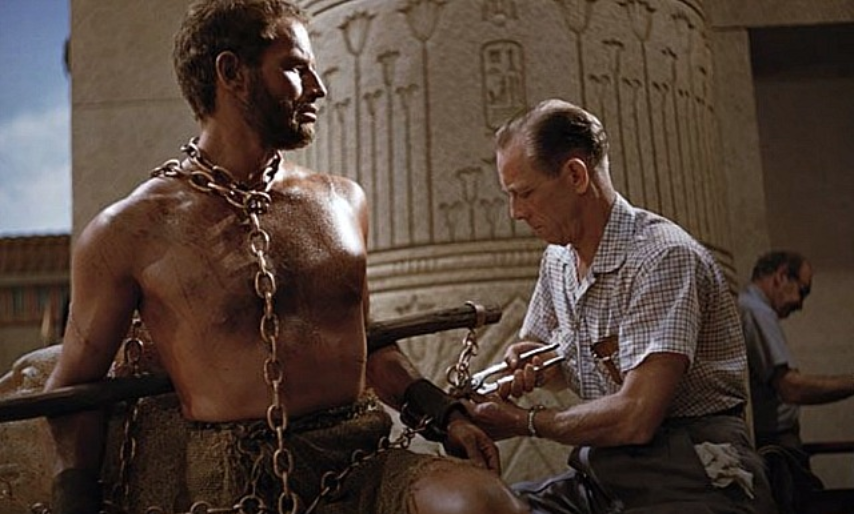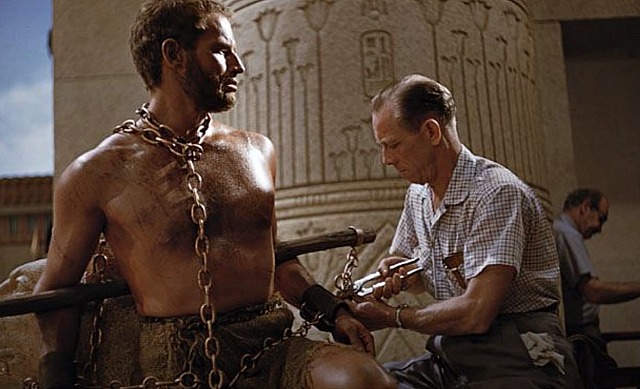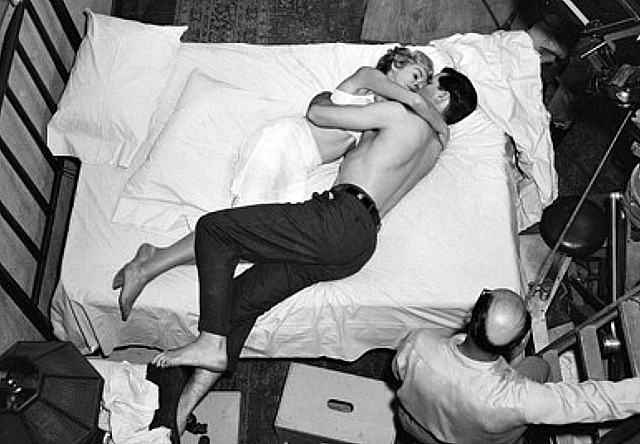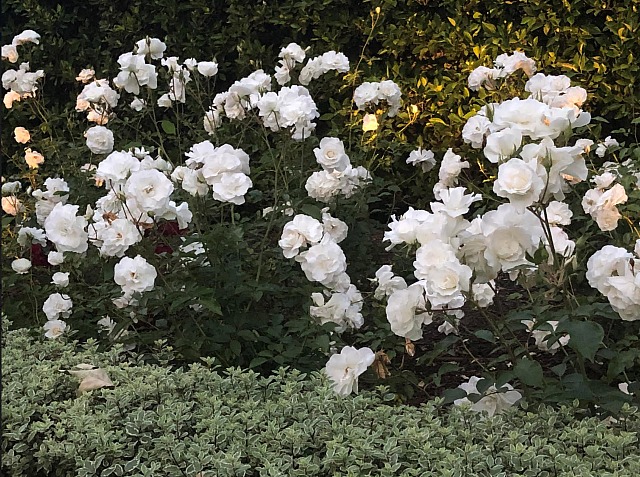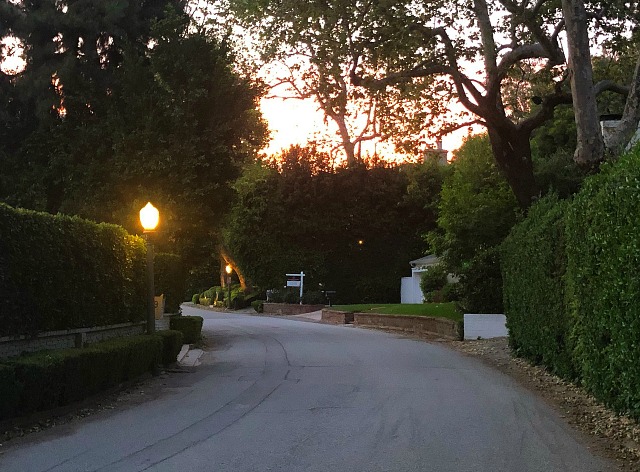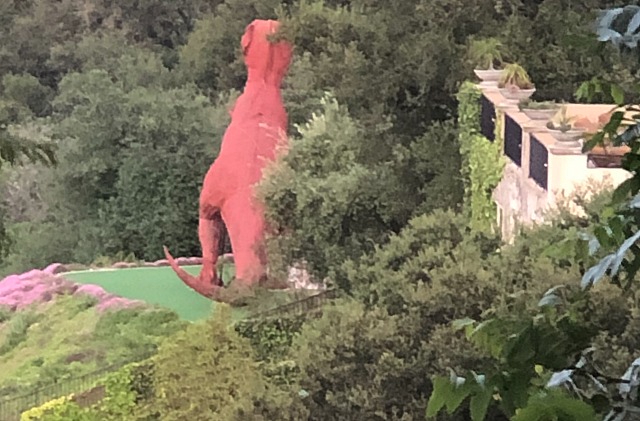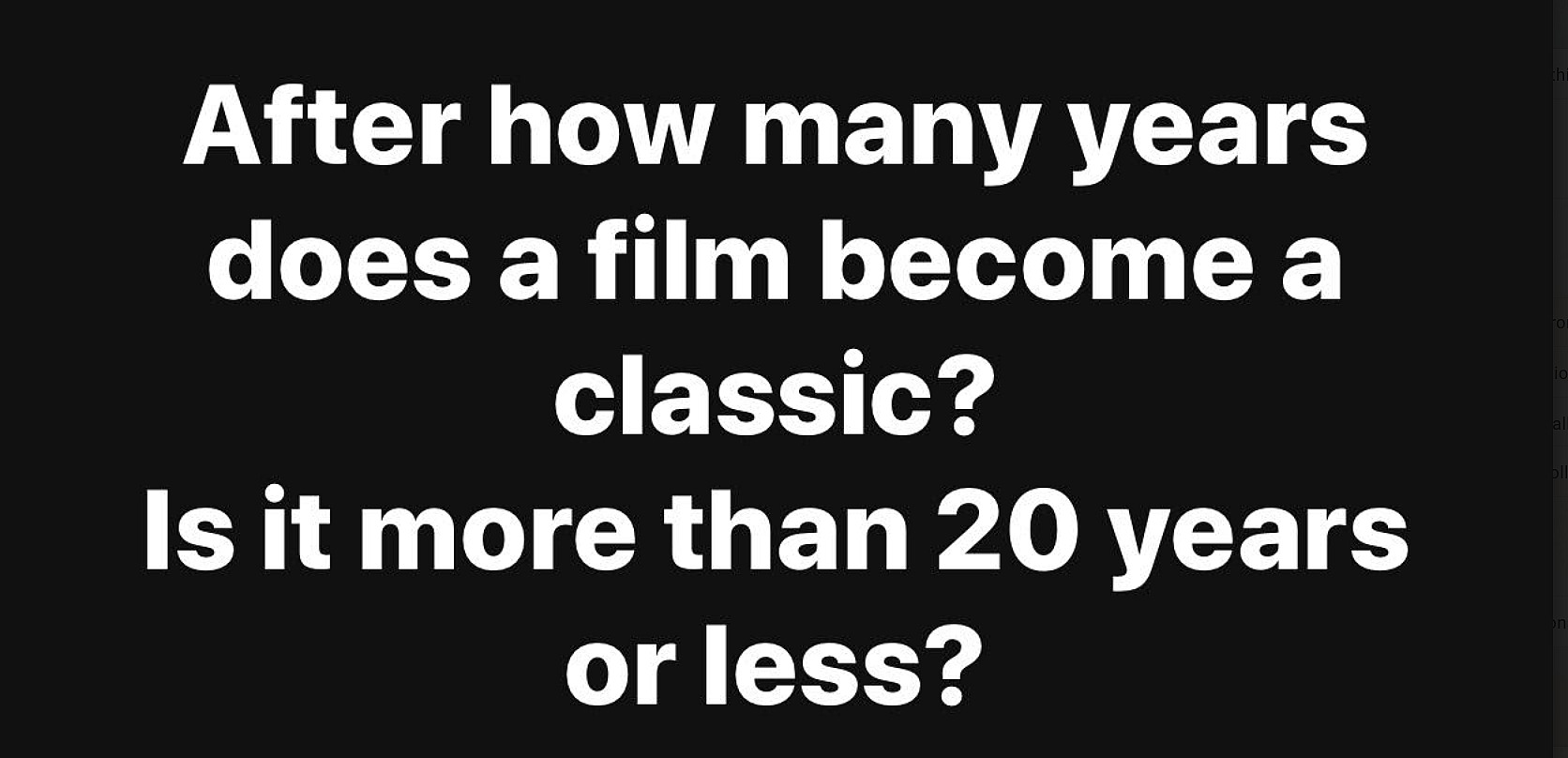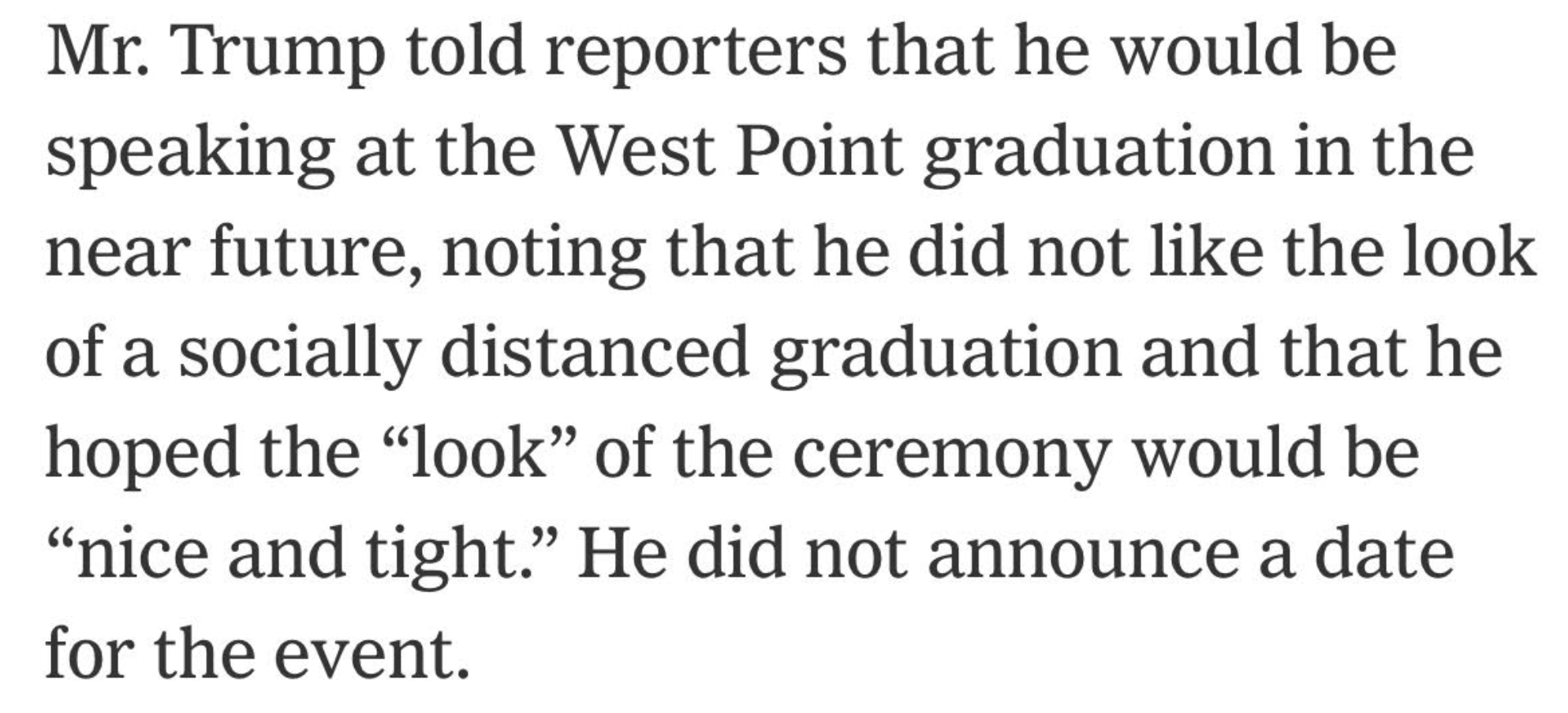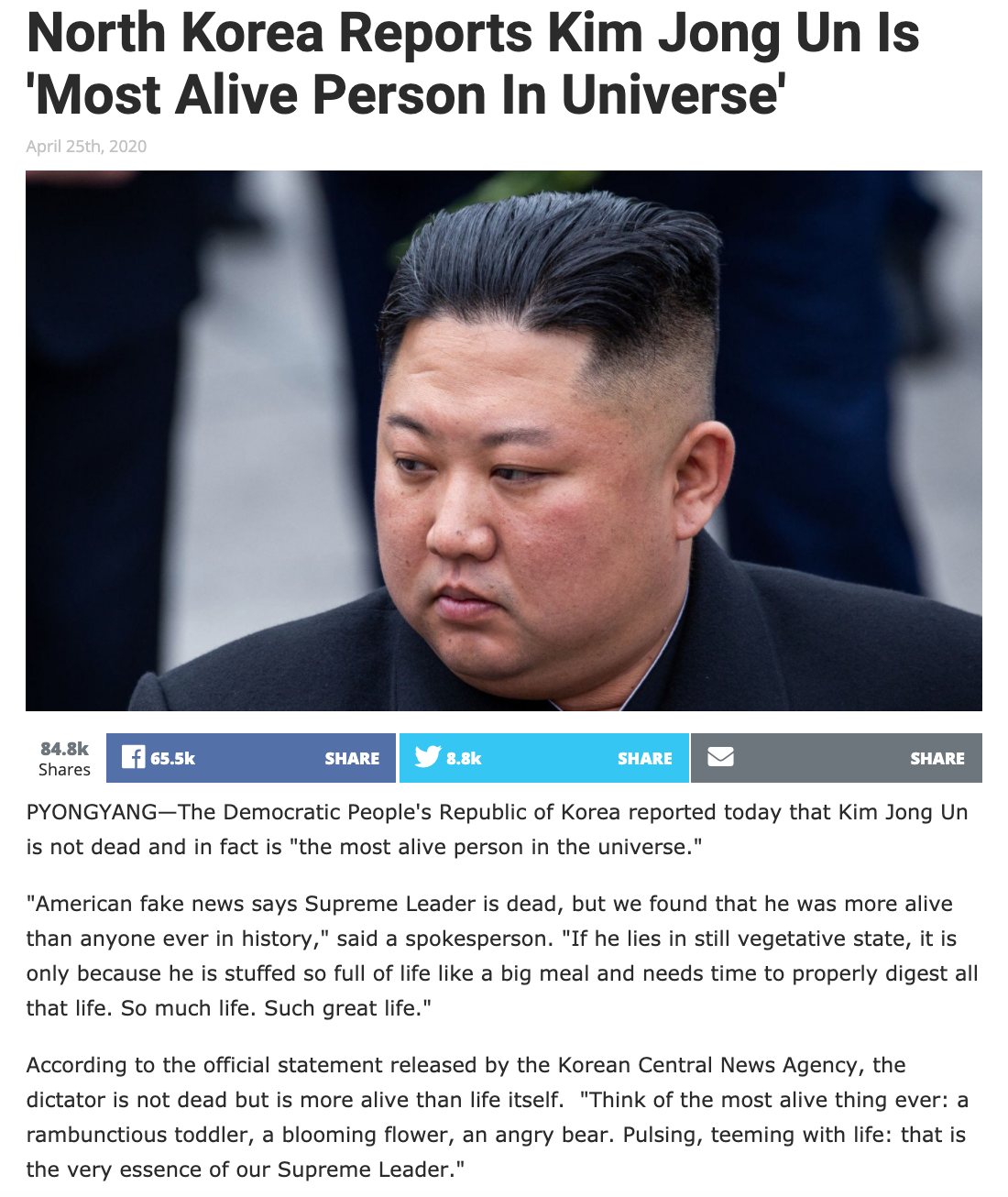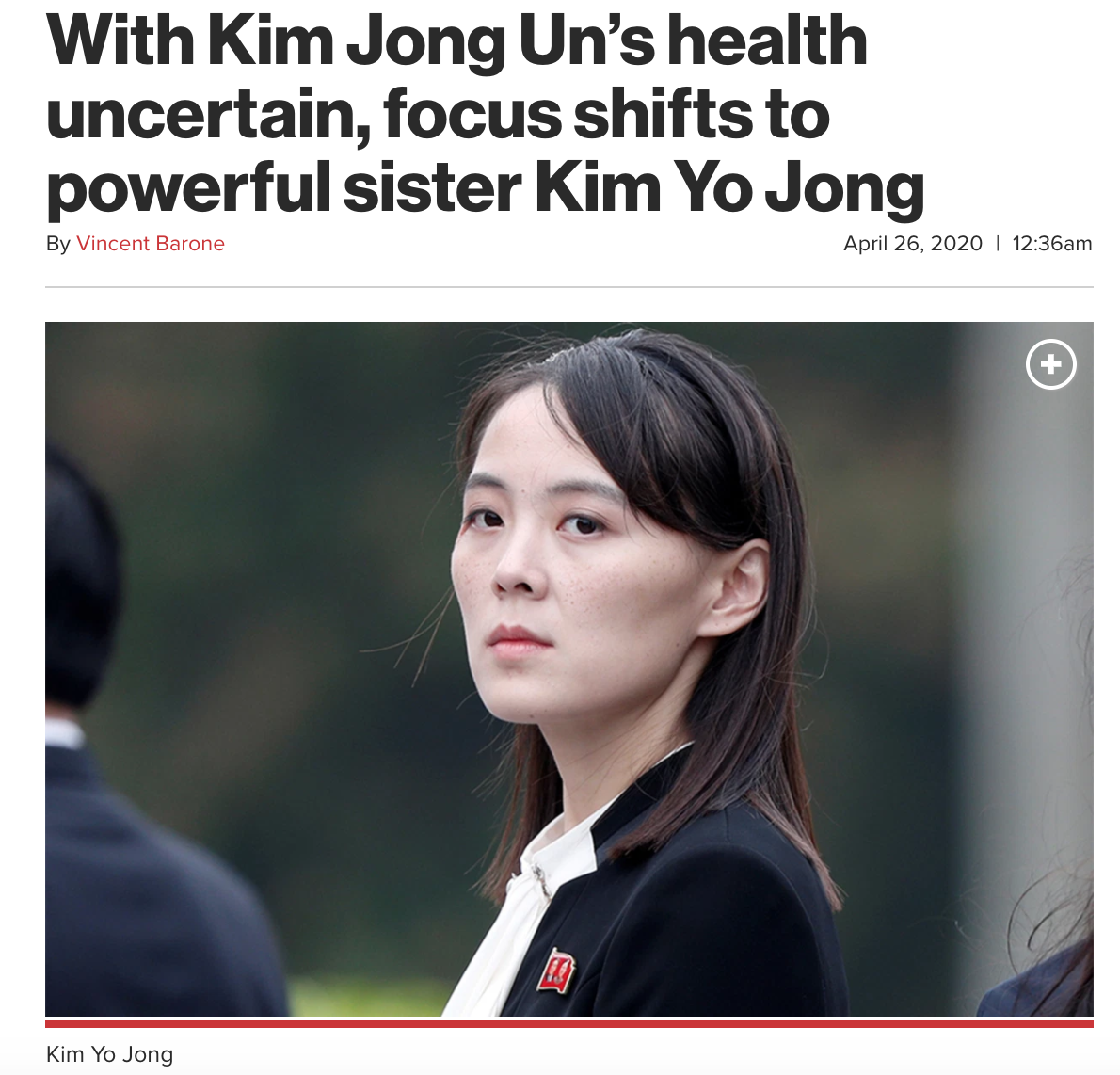A handful of films starring Seth Rogen, or those cowritten by or co-produced by Rogen and Evan Goldberg, have felt unbelievable (i.e., posing a strenuous or obstinate argument with reality or any kind of internal logic) in this or that way. Often in many ways. Knocked Up, The Green Hornet, Zack and Miri Make a Porno, Neighbors, Neighbors 2, The Interview, Sausage Party, Long Shot — all surreal fantasy bullshit devoid of any relationship to human behavior as most of us understand it. Even the wildly hilarious Pineapple Express steps into absurdity quicksand toward the end.
Rogen’s best films and performances — 40 Year-Old Virgin, Superbad, Funny People, 50/50, The Disaster Artist — have happened when he played supporting characters.
The disaster trigger (for me at least) is when an attempt is made to sell Rogen as a sexual being who scores or at least gets lucky. That is a total stopper. If I was some kind of Supreme Hollywood Dictator I would say “keep those dopey Rogen-Goldberg films coming but Rogen can never get laid again with an attractive woman…that scenario is OUT for the rest of his career. Rogen is 38 but looks 49 if a day, and the idea of him participating in any sexual scenario with anyone or anything (including a love doll) doesn’t work for me…that is my final edict.”
All to say that streaming Long Shot was recently suggested, just for the goofy fun of it. And I said “no, no…I can’t, I really can’t. Because it farts in the face of reality at every turn, and because I sat there like a sphinx when I saw it in a theatre.”
My review posted almost exactly a year ago. Here’s most of it:
“What if a bearded, bulky-bod, hairy-chested journalist with an extremely blunt and adolescent writing style and a name (i.e., Fred Flarsky) that says “I’m a dork”…what if the current U.S. Secretary of State, a 40ish foxy type named Charlotte Field (Theron), used to babysit Flarsky (Rogen) when he was 10 or 11 and she was 16 or thereabouts, and is now thinking about running for President because the current Oval Office occupant wants to become a bigtime movie actor?
“And what if Flarsky suddenly meets Field at a party and (a) they recognize and reminisce, (b) she decides to hire him as a speechwriter because she needs a guy who writes like a pissed–off seventh grader but also (c) quickly develops an attraction for Flarsky, and before you know it is doing him six ways from Sunday? And then love enters the picture and the movie is suddenly about values.
“Given the extremely improbable story line in Long Shot, I figured they’d try to aim it at a late-teen sensibility, perhaps even at 20 or 22 year-olds. Low and semi-coarse and therefore ‘funny’, but occasionally sounding and behaving like, say, a Seth Rogen-flavored In The Loop. Remember that Armando Iannucci film? How fast and sharp it was? How skillful and sure-footed?
“Well, guess what? In The Loop isn’t stupid enough for the Long Shot crowd. It isn’t stoned or digressive or downmarket or druggy enough. (There’s a scene in which Seth and Charlize drop some ‘Molly‘ in Paris.)
“Long Shot, alas, is aimed at a 13 year-old mentality. Okay, a 14 year-old mentality. Every line, every scene save for three or four half-decent moments (did I hear a Brett Ratner joke in there somewhere?) plays to the stoners and dipshits in the cheap seats, otherwise known as the Seth Rogen crowd.
“This would be totally forgivable, of course, if Long Shot was funny, but it’s not. When you play it this broadly and this coarse, when every bit and line is written and played on an obviously farcical but brainless jack–off level without the slightest respect for the venal but semi-grown-up political milieu out there or for human behavior as most of us know it, IT’S NOT FUCKING FUNNY.
Read more


